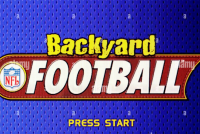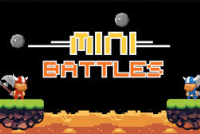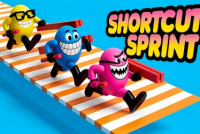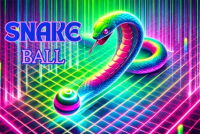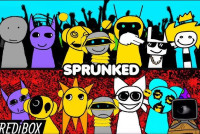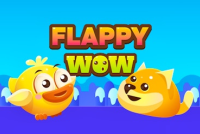Emoji Angry
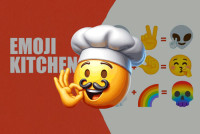
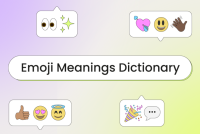
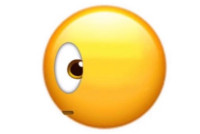
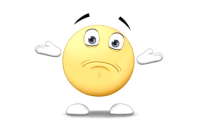
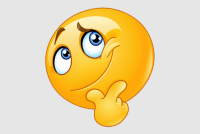

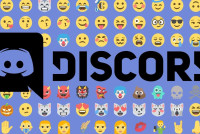
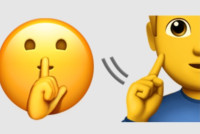
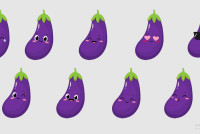

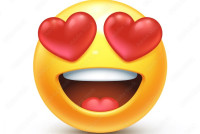
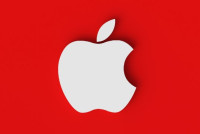
The Powerful Expression of the Angry Emoji 😠
In the realm of digital communication, emojis play a crucial role in conveying emotions that words alone often can't capture. One of the most potent symbols in this visual language is the Emoji Angry 😠. This simple yet impactful icon communicates anger, frustration, and annoyance, providing users with an immediate and clear way to express their feelings. Let's explore the origins, variations, and diverse uses of the Emoji Angry.
The Emoji Angry made its appearance in Unicode 6.0, released in October 2010. This version of Unicode expanded the emoji vocabulary significantly, enabling more nuanced emotional expression. The Emoji Angry was introduced to allow users to convey negative emotions, balancing the spectrum of feelings represented by emojis.
Variations Across Platforms
While the core design of the Emoji Angry remains consistent—a face with furrowed brows, a frown, and eyes reflecting displeasure—there are subtle differences across platforms:
- Apple: Features a red or orange face with a pronounced frown and intense eyes.
- Google: Shows a yellow face with a deep frown and sharply angled eyebrows.
- Microsoft: Presents a more neutral yellow face with a straightforward angry expression.
- Samsung: Depicts a face with a red hue, a severe frown, and expressive eyebrows.
These variations ensure that the Emoji Angry retains its core message while adapting to different stylistic preferences.
Uses of the Emoji Angry 😠
Expressing Anger and Frustration
The primary use of the Emoji Angry is to express anger or frustration. It provides a quick and effective way to convey strong emotions:
- I can't believe they canceled our plans again 😠
- This traffic jam is making me so mad 😠
Indicating Disapproval
The Emoji Angry can also be used to show disapproval or disappointment:
- That's a terrible decision 😠
- I'm really not happy with the service 😠
Highlighting Serious Issues
When addressing serious issues, the Emoji Angry can emphasize the gravity of the situation:
- We need to address this unfair policy 😠
- Bullying is completely unacceptable 😠
Adding Emphasis in Arguments
In heated discussions or debates, the Emoji Angry can add emphasis to one's stance:
- How can you even think that way? 😠
- This is absolutely unacceptable 😠
Cultural and Psychological Significance
The Emoji Angry taps into universal human emotions. Anger is a fundamental feeling experienced by everyone, making this emoji widely relatable. In digital communication, it serves as a non-verbal cue, helping to prevent misunderstandings and clarifying the emotional tone of messages. The color red, often used in this emoji, is associated with intensity and alertness, further amplifying its impact.
The Emoji Angry 😠 is a powerful tool in the emoji lexicon, allowing users to express anger, frustration, and disapproval succinctly and effectively. Its variations across platforms ensure that while the core message remains the same, it can be visually distinct. Whether highlighting serious issues, emphasizing arguments, or simply conveying a bad mood, the Emoji Angry is an essential part of our digital communication toolkit. Next time you use or encounter the Emoji Angry, remember its role in expressing complex emotions with just a simple icon.
Discuss: Emoji Angry

